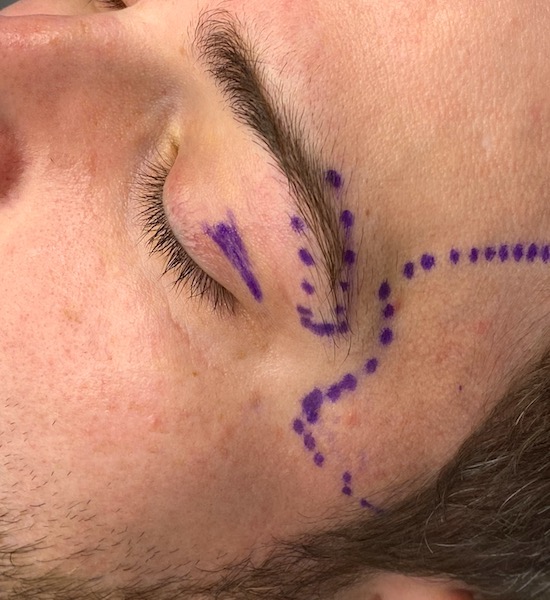Background: There are many types of aesthetic facial asymmetries. The classic developmental ones are where one side of the face is smaller than the other side in the vertical dimension. (one side of the face can also be abnormally larger than the other side but this is fairly rare) In these commonly seen aesthetic asymmetries there is an overall facial effect where every structure is affected albeit in different degrees of magnitude.
There are also facial asymmetries which do not have an obvious reason. These occur in isolated facial areas while the rest of the face us unaffected. They do not occur in any related sequential pattern. This are what I call sporadic aesthetic facial asymmetries. They may be the result of how the head was positioned in utero, trauma/pressure from delivery or some inherent differences in the cellular makeup of the paired branchial arches from which it develops.
The brow bone is the intersection of the forehead, eye (orbit) and temporal regions. This is most evident at the lateral or tail of the brow bone where the flatter surfaces around it, the forehead and temporal regions, contribute to its appearance. The tail of the brow bone can seem bigger if the forehead and temporal regions are more recessed or the forehead and temporal regions can appear prominent if the tail of the brow bone has inadequate projection.

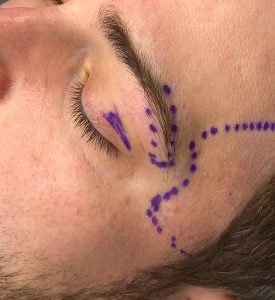
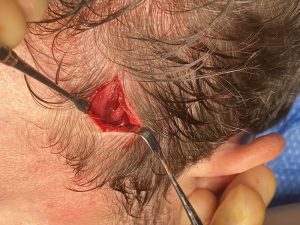
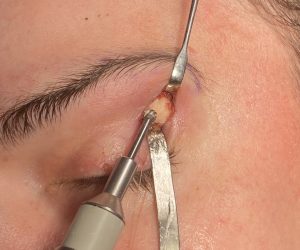
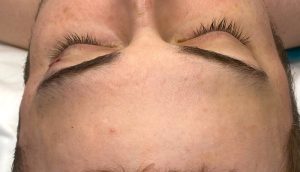
Case Highlights:
1) While facial asymmetries typically follow specific patterns of regional hypoplasia (underdevelopment) they can also affect isolated structures in non-developmental ways.
2) The relationship between brow bone protrusion and temporal hollowing probably reflects the effect of pressure on this part of the skull in utero.
3) Tail of the brow bone protrusions can be treated through an upper eyelid approach, sparing the need for any scalp incision.
Dr. Barry Eppley
Indianapolis, Indiana

